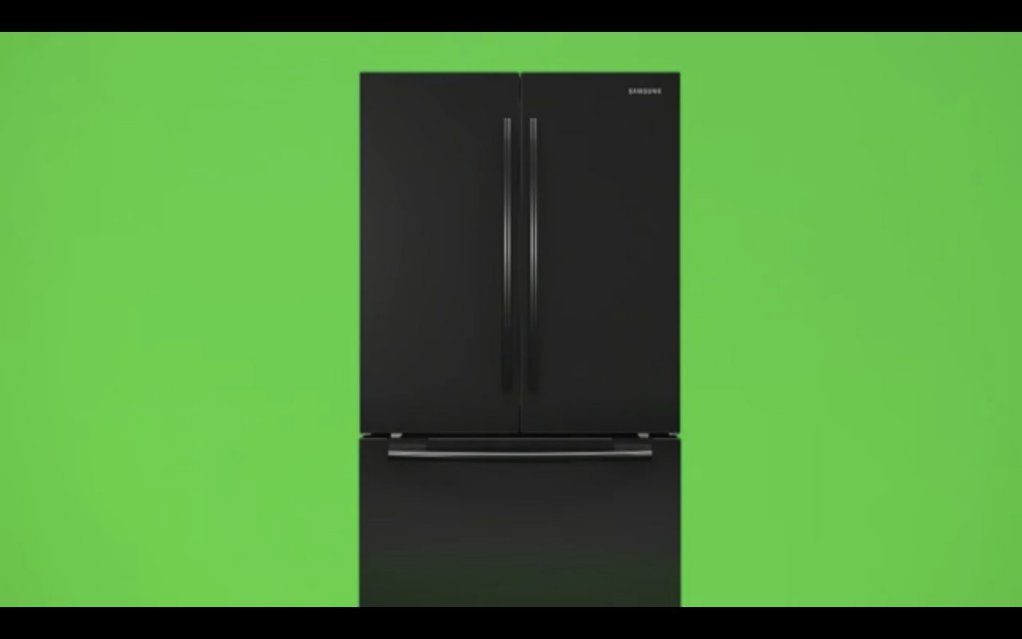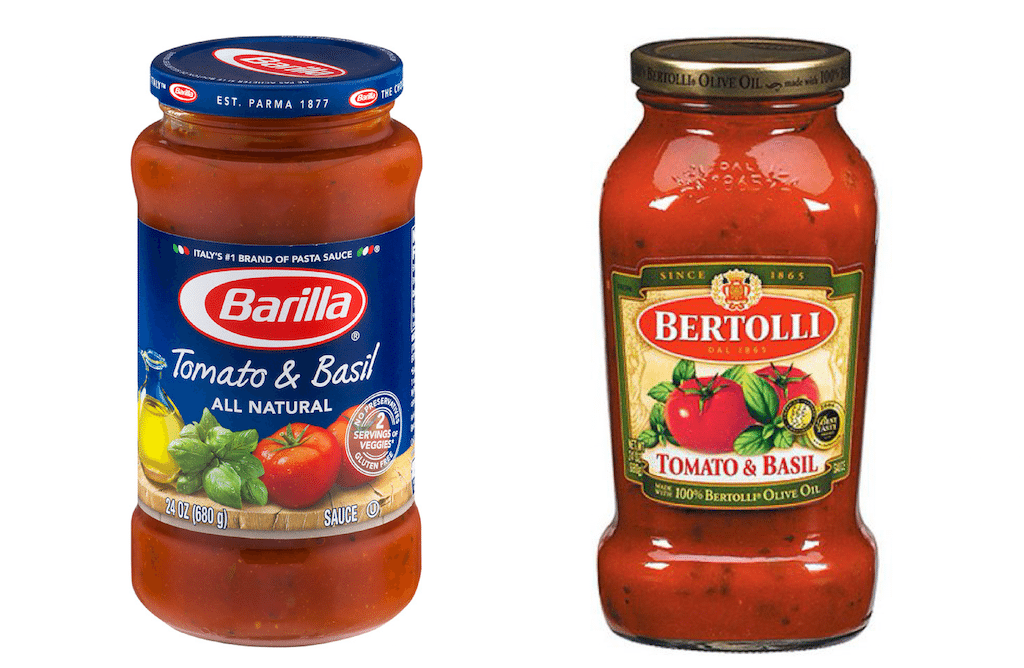The world was not clamoring for a home fryer with a camera on it. And yet, here we are: the Gourmia FryHigh Auto Rotisserie Multi-Fryer. It looks like a helmet worn by one of the Daft Punk robots. It can fry foods from broccoli to pizza in its convection chamber. And it takes pictures of your dinner along the way, which you can upload to Instagram via the Gourmia mobile app.
Why on earth would anyone ever use such a thing? Here’s how Gourmia, a Brooklyn-based vendor of “smart” kitchen appliances, pitches its latest offering:
“Whether it’s an elegant presentation at a gourmet restaurant or waffles in the shape of a cartoon character, people today are fascinated with taking—and sharing—photos of their meals. Now, the Gourmia Cook Cam lets them take pictures and videos of their meal as it cooks.”
 Joe
Joe The Gourmia FryHigh Auto Rotisserie Multi-Fryer. It takes pictures of your food.
Yes, people are obsessed with their silly cameras. And yes, I suppose a reasonable human being might very occasionally want to Instagram a picture of their dinner as it’s frying on the counter. But why not just do it with your phone? Are we really so app-obsessed that we need to monitor our food in real-time, live-tweeting its journey from freezer to plate? Not that Gourmia deserves all the scorn. Other camera-equipped “smart” kitchen appliances seem to warrant the same healthy dose of WTF. Do we really need a Samsung fridge that surveils our leftovers, so we can remotely check how low we are on milk? Do we really need the June Oven, “the intelligent oven that thinks like a chef,” to monitor our meals and ping our phones when dinner’s ready?
I mean, maybe. I guess it’s nice that the FryHigh is Alexa- and Nest-equipped, and I get why it might be fun to change the thermostat or throw on some Luther Vandross by speaking into your fryer. But the justifications for these “smart” appliances still tend to sound pretty thin. So thin that there’s only one plausible explanation: that’s they’re not really about consumer convenience at all.
For every slight, conceivable advantage they might confer upon home cooks, smart kitchen appliances offer their manufacturers something far more valuable: our data. It’s long been the fantasy of marketers and ad-men to be able to peer into our fridges and kitchens. Imagine how many focus groups be skipped if food companies could invite themselves into everyday American homes, thousands of them, to look into the pantry! Well, that’s exactly the kind of access smart fryers and other networked appliances provide—a way to view and aggregate the things we buy and cook, night after night, meal after meal.
I haven’t looked at the privacy policy for the FryHigh—it’s debuting next week, and it may not even have one. People don’t even read the policy on their Chrome app, let alone their fryer. But the Samsung smart fridge, which has been around for a little while, is a good example of the how privacy concerns we tend to associate with Google and Facebook are creeping into the kitchen. And not just because it can steal your gmail password or be easily hacked (according to Consumer Reports, at least). The company’s broad privacy policy, which applies to all of its devices, gives it broad latitude to collect, analyze, and monitor your data—and not just what’s in the fridge. Samsung may also use “recordings of your voice that we make (and may store on our servers) when you use voice commands to control a Service.” In other words, when you say—”Hey fridge, we’re out of milk,” Samsung and its advertisers are listening.
It’s not for me to say whether this should bother you. Maybe you’re convinced by the case companies usually make when pressed on this topic—sure, it might look like an invasion, but it’s all in the name of connecting people with more of the things they want. Fine. But let’s not pretend that the cameras creeping into our kitchen are about social sharing and perfectly cooked meals. There’s much more to it, and the companies behind the smart kitchen revolution aren’t actually that stupid.










